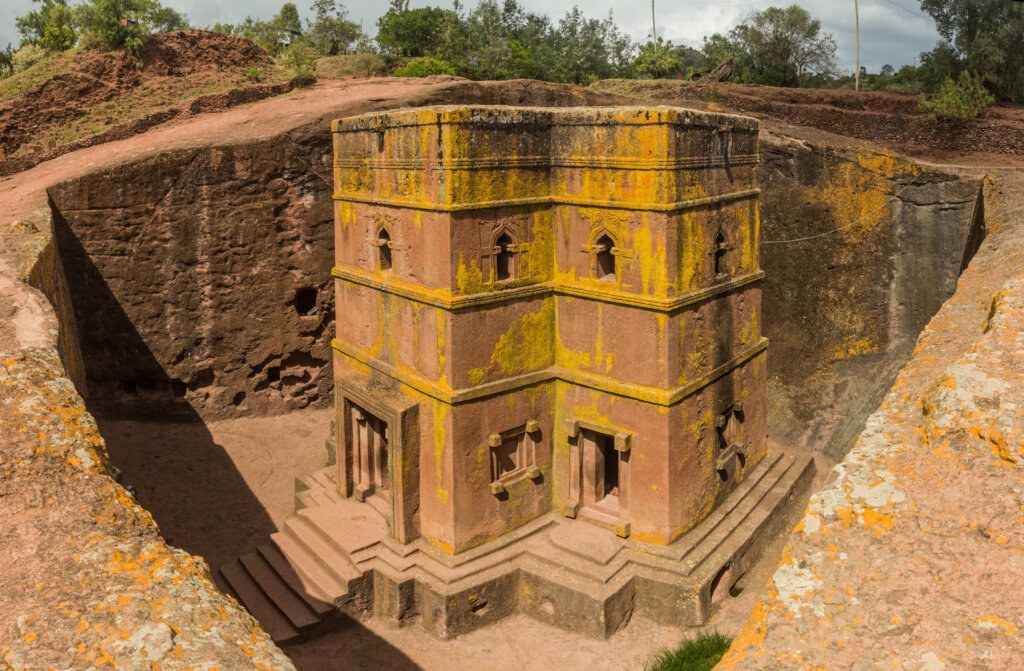The legacy and impact of African kingdoms in the continent’s history from the 20th century to today.
Edited by John Parker, this groundbreaking book takes us through nine key regions, including ancient Egypt, Nubia, and the Zulu Kingdom. The book features detailed maps and over 60 illustrations in both color and black and white. Each chapter is written by a leading historian, interweaving political and social history and drawing on a rich array of sources, including oral histories and recent archaeological findings.
Great Kingdoms of Africa is an exquisite celebration of the rich cultural heritage, historical significance, and political power of some of Africa’s greatest empires. It uniquely decenters European colonialism and slavery as the major themes of African history.
Through vivid and colorful descriptions, Parker invites the reader to explore the grandeur and majesty of ancient kingdoms, such as the Mali Empire, the Kingdom of Ghana, and the Kingdom of Kush. He brings to life the stories of great rulers, such as Mansa Musa, Sundiata Keita, and Queen Amanishakheto, and weaves their tales of triumph and adversity into a captivating narrative.
The book is not just a historical account of Africa’s kingdoms but a celebration of their art, architecture, and social structure. Parker’s descriptive prose immerses the reader in the vibrant and colorful world of African culture, from the intricate geometric designs of the Great Mosque of Djenné to the beautiful bronze sculptures of the Kingdom of Benin.
Great Kingdoms of Africa is a must-read for anyone interested in the rich and diverse history of Africa. The book is a historical gem that highlights the greatness of African civilization and serves as a powerful reminder of the importance of preserving our cultural heritage.
Whether you are a history buff, a lover of art and architecture, or simply looking for an engaging read, this book will captivate and inspire.
Photo credits:
© Edmond Fortier A photograph of a griot holding a kora, c. 1900, by Edmond Fortier, French West Africa’s leading photographer and postcard producer in the early colonial period.
© Matyas Rehak/Shutterstock The excavated rock-cut church of Bete Giyorgis (St George) at Lalibela, 13th century CE.
© Prisma Archivo/Alamy Stock Photo Engraving of the capital of Buganda, with banana groves visible behind the fence neatly lining the main thoroughfare to the royal palace, from H. M. Stanley. Though the Dark Continent (London, 1878)
© Smithsonian National Museum of African Art, Washington A terracotta figure of a mounted warrior from Mali, 13th to 15th century. The cylindrical form of the torso and limbs of both horse and rider together with the detailed rendering of the helmet, quiver and bridle are characteristic of the so-called Jenne style of terracotta art. Height 27¾ in. (70.5 cm).



